Indirect Holographic Imaging at 310 GHz
- In indirect holographic imaging the complex field scattered by an object is reconstructed
- Only amplitude of electric field is measured – simple power detectors can be used
- Phase retrieval with reference field and Fourier-transform
- Back-propagation of the scattered complex field
- An experimental imager at 310 GHz
- Gaussian reference field
- Phase retrieval with semi-simulated reference field
- 2-mm details discerned at 1.5 meters distance
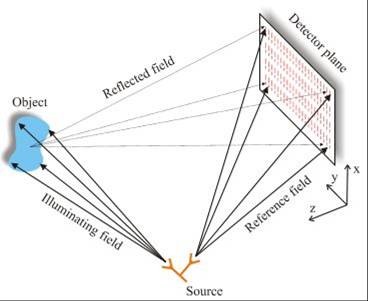
Figure 1. The principle of indirect holographic imaging.
Phase Retrieval from Hologram
- The spectral extents of the plane wave spectra (PWS) of both reflected field and reference field must be limited and the reference field must have large enough incidence angle on the detector plane
- When proper conditions are met, Fourier-transform of the measured amplitude gives four separate terms, of which two carry information of the complex field scattered by the object
- A deconvolution is applied to one of the two terms and the complex field E0 is retrieved

- The PWS of the complex field multiplied with a proper phase term gives the PWS at the surface of the object, from which the reflected field is calculated
Millimetre-wave Images
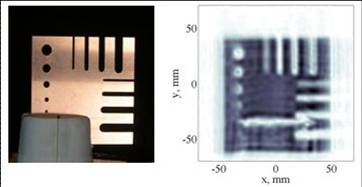
Figure 2. A photograph and a mm-wave image of a test object.
- Corrugated horn antenna is used as the reference field source and as an illuminator for the object
- Instead of numerous detectors in a plane, a raster scan of a single receiver was used
- The smallest details are visible with a scanning area of 40 x 40 cm 2
- The amplitude of the reference field is measured and the phase is simulated with a spherical wavefront originating from the point of the actual Gaussian reference field source
Image Quality Evaluation
In indirect holographic process, amplitude and phase of field reflected from target is recovered from amplitude of an interference pattern. Various image quality parameters are evaluated for 310-GHz imaging system. Estimates for the point spread function (PSF), SNR of the image, and for the noise equivalent reflectivity difference (NEDR) are measured. SNR and NEDR are evaluated also for different system noise levels in the imager. System noise level is artificially reduced, since laboratory equipment provides over-optimistic signal quality compared to realistic imager.
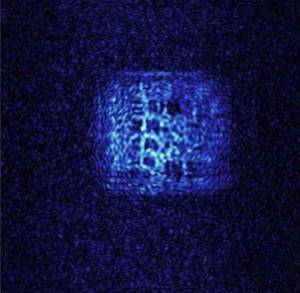 |
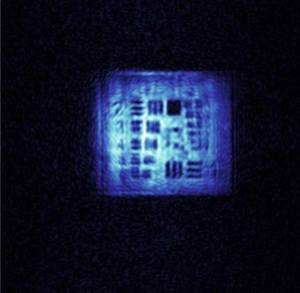 |
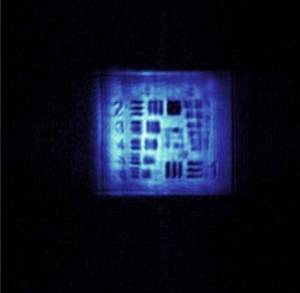 |
Figure 3. Millimetre-wave image of USAF 1951 with system SNR of 0 dB, 10 dB, and 20 dB from left to right.
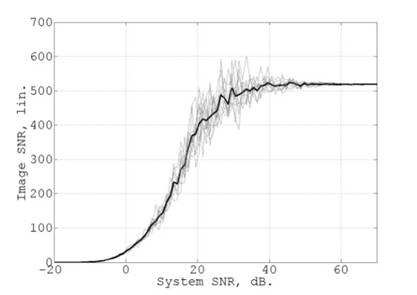
Figure 4. Image SNR as function of system SNR.
Contact person: Juha Ala-Laurinaho.


